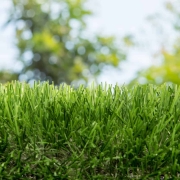What to Know about Pile Height in Artificial Grass
When making the switch to an artificial grass lawn, there are many decisions and choices that homeowners will have to make. A consequential choice that needs to be made during this process involves selecting the pile height for your artificial grass. Pile height is one of the most important features of your artificial grass surface as it influences its look, function, and various other aspects.
What is Pile Height?
Pile height is the measured height from the lowest point of the artificial grass to the top of its surface at the end of grass fibers. Measurements are often done in either inches or millimeters.
Your artificial turf’s appearance, purpose, durability, and the amount of maintenance work required are all affected by your choice of pile height.
The right pile height for your synthetic turf will ultimately depend on your circumstances and what you’re looking to get out of your surface.
Aesthetic
Pile height helps shape what your artificial grass lawn ends up looking like. Before deciding your pile height, determine what kind of aesthetic you hope to achieve with your surface.
Those who want lush, green synthetic turf that resembles the stunning appearance of natural grass should consider longer pile height.
Meanwhile, short pile heights will give your artificial grass an aesthetic similar to a sports surface.
Durability
While artificial grass is a resilient surface able to withstand even the most demanding conditions, your pile height pick will still matter when it comes to your synthetic turf’s durability.
Those who plan to use their artificial grass frequently should stick to a shorter pile height as it will keep your surface looking good even through heavy use and foot traffic.
Artificial turf owners can run into issues with longer pile height if they extensively use their surface. Your turf can become flattened out, negatively affecting its appearance and performance.
Purpose
What you hope to achieve with your artificial turf factors into your pile height choice.
If you plan for your artificial turf to be a space for physical activity and sports, you’ll need your surface to be able to hold up to heavy use and traffic.
This starts with selecting a shorter pile height that can help make your synthetic grass a more durable surface prepared for whatever you throw at it.
If your synthetic turf lawn is only meant to enhance the aesthetic of your property, a longer pile height is likely more than enough to fulfill your needs. Durability is less of a concern when your lawn’s purpose is primarily serving as a visual display.
To help select the right pile height and other synthetic grass issues, reach out to the experts at Artificial Turf by Fenix. At Artificial Turf by Fenix, we offer reliable solutions for every residential synthetic grass need out there. Our professional installers have many years of experience in the industry and have completed countless successful installations using the best synthetic turf products available to them. For more information on our services or to receive a free estimate, give us a call today at (877) 673-8873 to speak with one of our knowledgeable team members.






